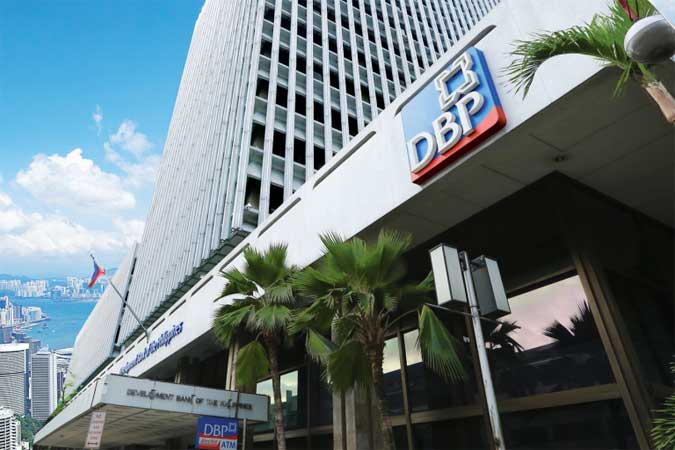Gov’t eyes credit rating system for LGUs by 2022

THE GOVERNMENT is working on establishing a credit rating system for local government units (LGUs) by next year, as part of efforts to encourage them to issue bonds to raise funds for development projects.
State-run lender Development Bank of the Philippines (DBP) said in a statement on Wednesday that it is working with the Department of Finance, state regulators and multilateral banks to set up the proposed LGU credit rating organization. It will be similar to how credit rating agencies rate the viability of investments in countries and companies in the global debt market.
“DBP would establish a viable risk model that is flexible, pragmatic and forward-looking,” DBP President and Chief Executive Officer Emmanuel G. Herbosa said.
In an e-mailed response to questions, a DBP representative said they plan to launch the system by 2022 but declined to disclose other details.
Mr. Herbosa in the statement said the system aims to provide the bond market with credible risk indicators in assessing LGU bonds, along with ample data of their past issuances. It could also help boost confidence in the debt papers issued by LGUs and eventually improve the risk appetite of investors, he said.
“We expect a significant increase in development initiatives nationwide once the LGU Bond Market has gained firm footing as it accords a substitute mode of financing,” he added.
The DBP chief also believes that the credit rating system can help LGUs diversify their funding sources based on their needs, financial maturity, and the capacity to generate revenues.
Latest data showed the Bureau of Local Government Finance (BLGF) issued 50 certificates of net debt service ceiling and borrowing capacity to LGUs in April, covering P10.658 billion of total loans against their overall borrowing capacity of P23.962 billion.
Last month’s total was more than double the P4.479 billion that the local government borrowed in April 2020.
From January to April, LGUs borrowed P38.526 billion through 155 certificates issued, as against their total capacity of P92.44 billion. This climbed by 110% from P18.3 billion it logged in the same period last year.
Mr. Herbosa said local governments can tap the bond market as a stable source of finances for its infrastructure and social development projects to lessen heavy reliance on their budgets from the National Government through the internal revenue allotment (IRA).
Once all LGUs are rated, he said the state-run bank can assist them with marketing efforts and extend strategic support.
“We shall continue to explore innovative and sustainable financing solutions so that communities can continue to recover and rebuild from the crippling effects of the public health crisis,” the DBP official added.
Late last year, Finance Secretary Carlos G. Dominguez III told local governments to maximize their borrowings in order to finance programs and projects, and boost the local economy. As of 2019, the majority of the local units still have 80% available borrowing capacity, and 63% of cities and municipalities do not have existing debt, based on official data.
Sought for comment, the BLGF, Union of Local Authorities of the Philippines, and the leagues of provincial, city and municipal treasurers did not respond to queries at the deadline time.
Last year, the DBP established a P1-billion interest rate subsidy program for the loans taken out by LGUs to help them finance their relief programs and recovery measures. — B.M.Laforga



